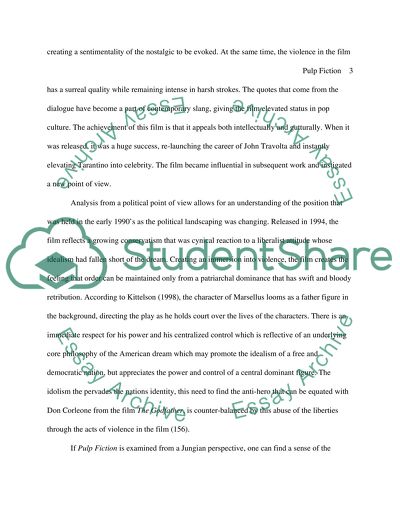Cite this document
(Film through Marxian Critical Analysis Movie Review, n.d.)
Film through Marxian Critical Analysis Movie Review. Retrieved from https://studentshare.org/visual-arts-film-studies/1566391-film-and-critical
Film through Marxian Critical Analysis Movie Review. Retrieved from https://studentshare.org/visual-arts-film-studies/1566391-film-and-critical
(Film through Marxian Critical Analysis Movie Review)
Film through Marxian Critical Analysis Movie Review. https://studentshare.org/visual-arts-film-studies/1566391-film-and-critical.
Film through Marxian Critical Analysis Movie Review. https://studentshare.org/visual-arts-film-studies/1566391-film-and-critical.
“Film through Marxian Critical Analysis Movie Review”. https://studentshare.org/visual-arts-film-studies/1566391-film-and-critical.


